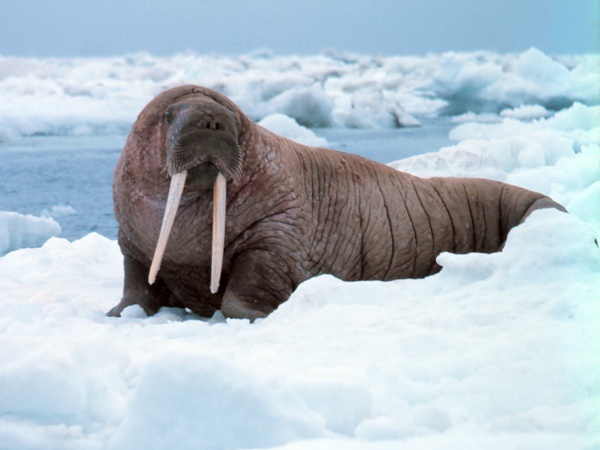Facts About Walrus
The walrus is a robust marine mammal, easily distinguished by its long tusks and notable whiskers. There are two species of walruses: the Atlantic and the Pacific, both of which inhabit the frigid Arctic and subarctic seas. These creatures primarily feed on bottom-dwelling bivalve mollusks and play a crucial role in their ecosystem, earning them the designation of a "keystone species" in Arctic marine environments.
Historically, walruses were heavily hunted, leading to a dramatic decline in their populations. Fortunately, conservation efforts have facilitated a partial recovery of their numbers. The name "walrus" is believed to have origins in Dutch, Old Norse, or Germanic languages, while their scientific name, "Odobenus rosmarus" stems from Scandinavian roots. Walruses belong to the family Odobenidae and are the sole surviving members of the genus Odobenus. They are part of the Carnivora order, making them relatives of true seals and eared seals.
These animals are not only recognized for their tusks and whiskers; they also possess thick, wrinkled skin and a substantial layer of blubber. Walruses use their tusks and sensitive whiskers to locate and consume their prey. Although they do not have many natural predators, killer whales and polar bears pose a significant threat, particularly to young walruses.
Walruses hold cultural significance for indigenous Arctic communities and often appear in folklore and mythology. They have also made their way into popular culture, featuring in literature and music. Conservationists are diligently working to protect walrus populations. While some subspecies are classified as "least concern" others are listed as "decreasing" or "rare." Climate change and habitat loss remain significant threats to these animals, emphasizing the importance of continued conservation efforts.

 United States
United States